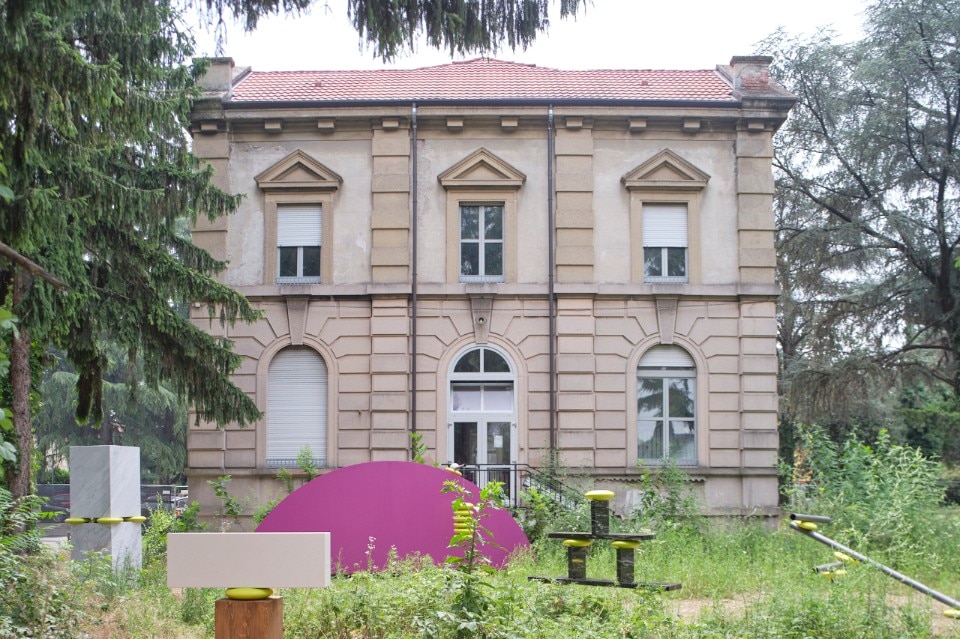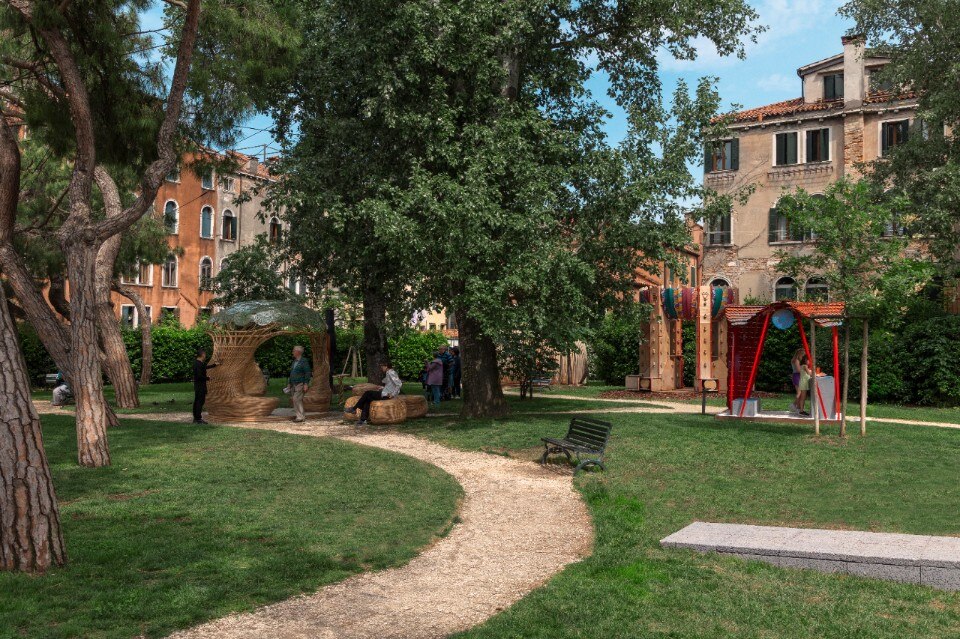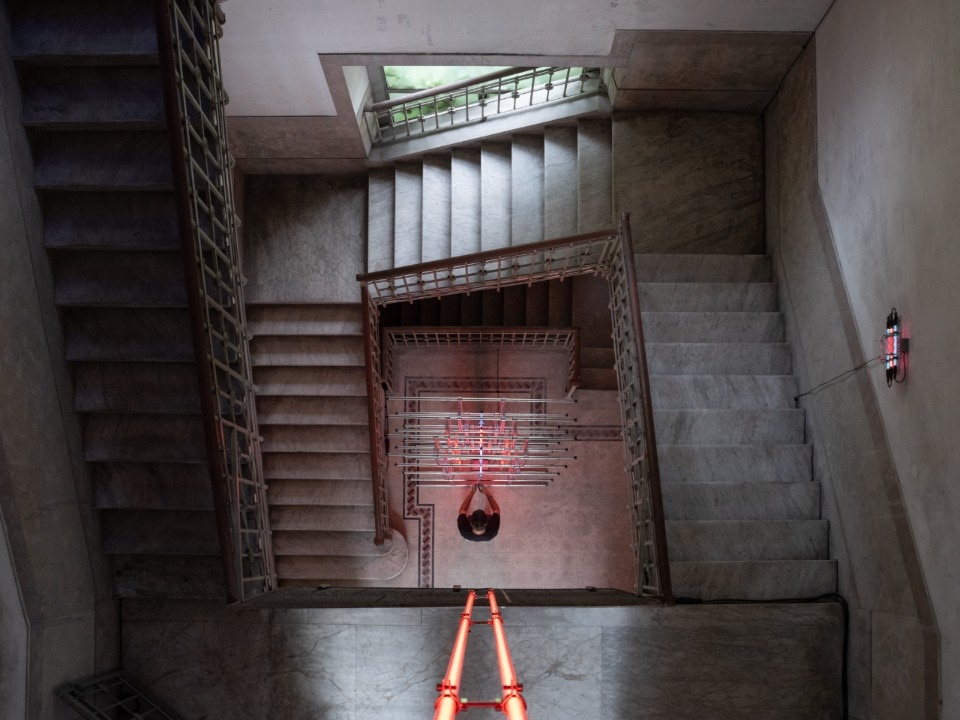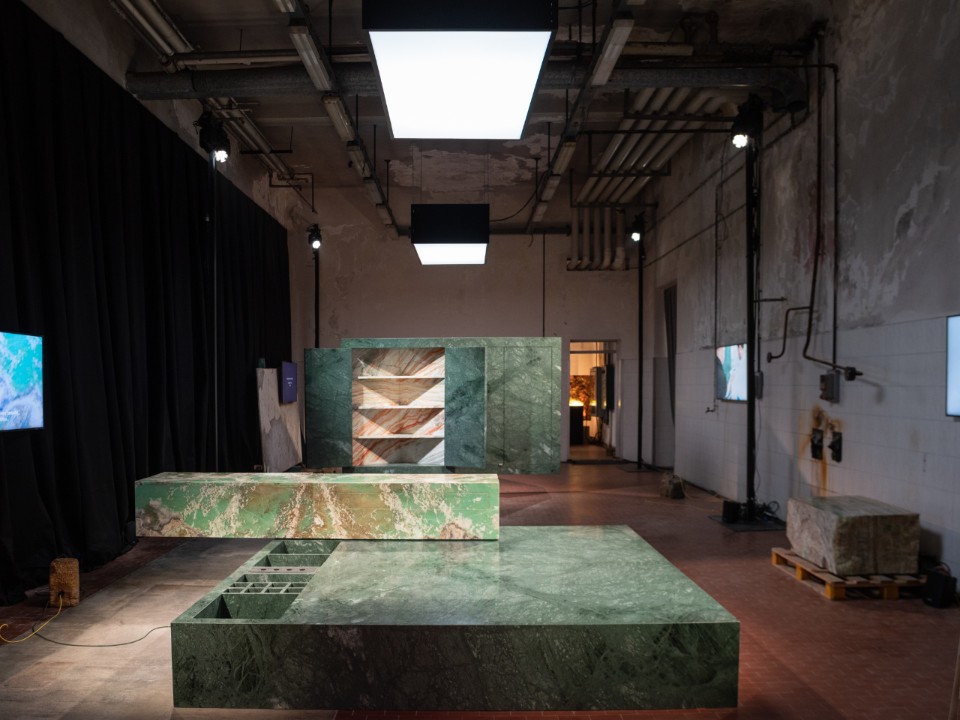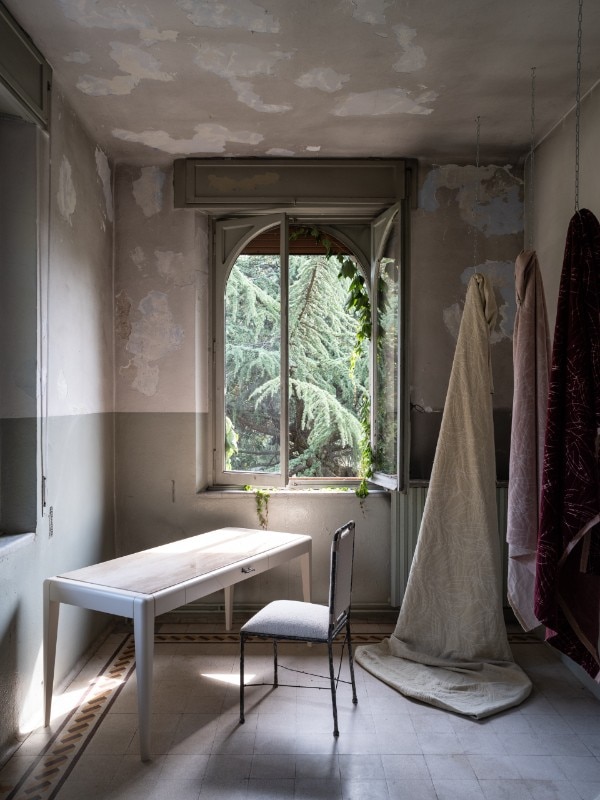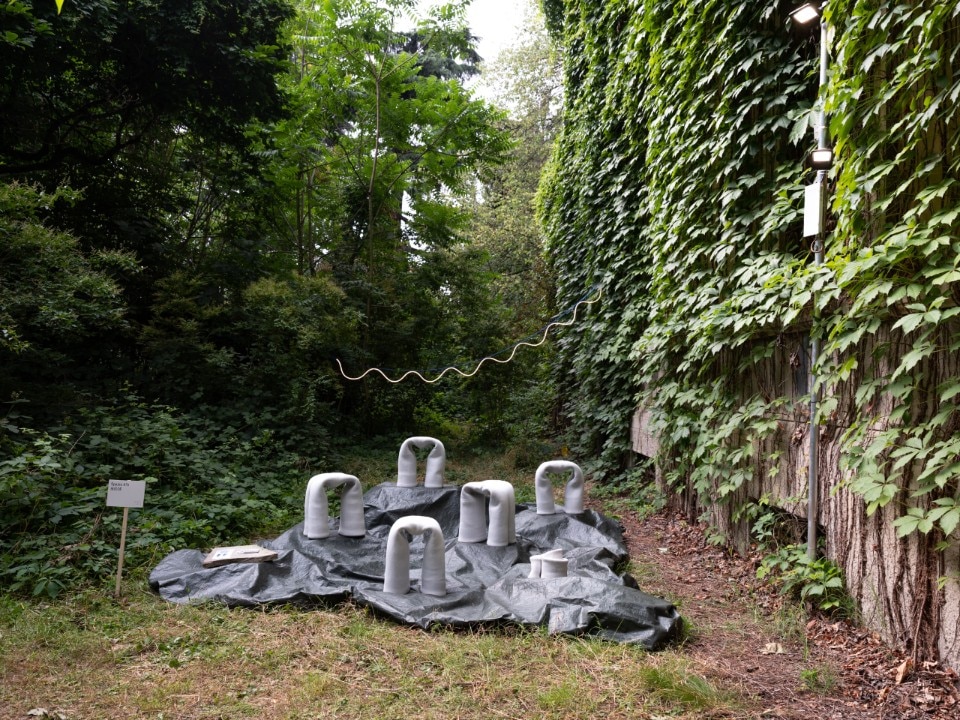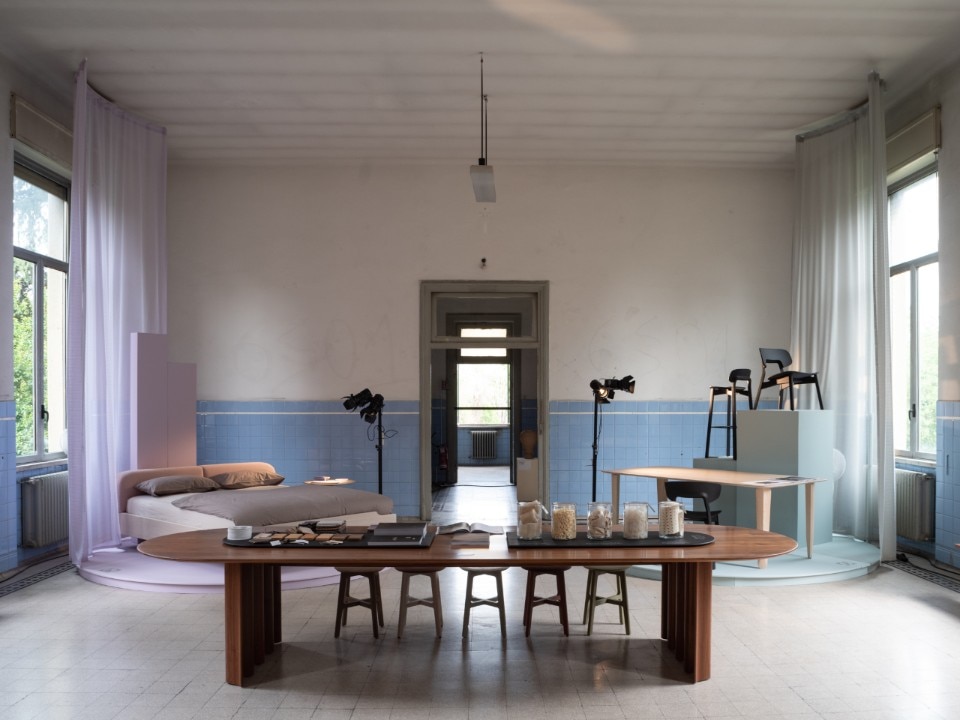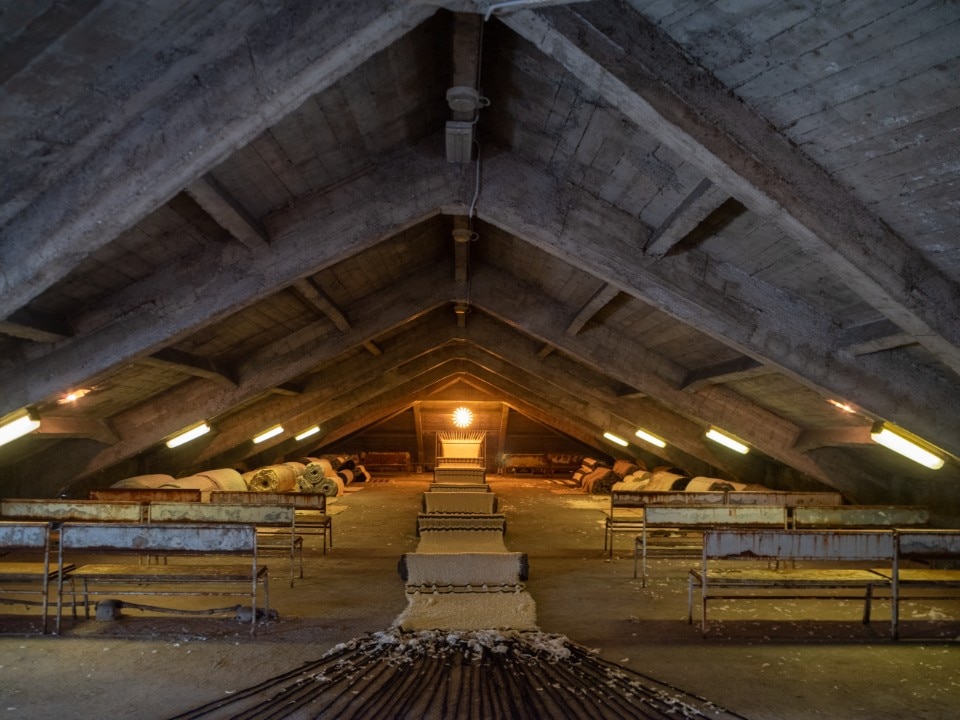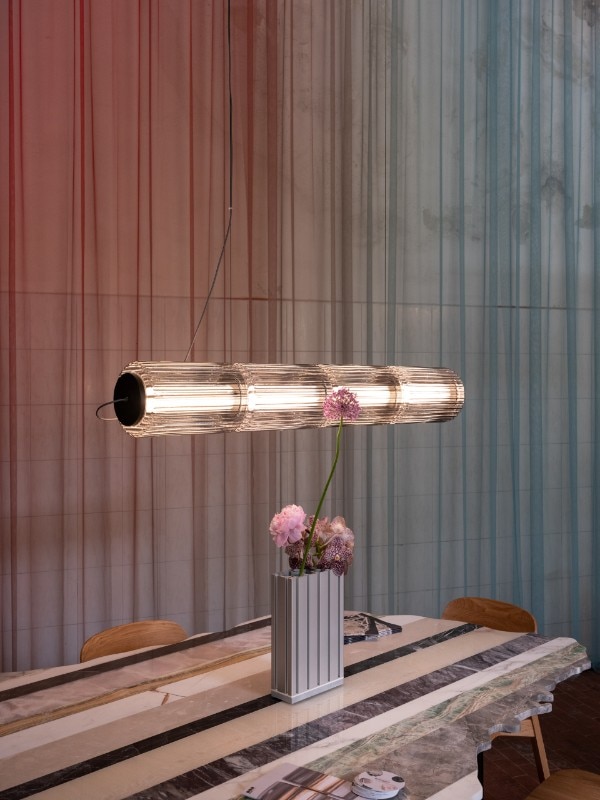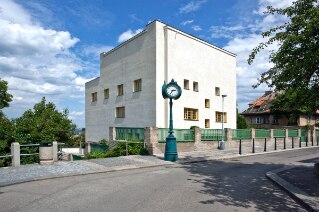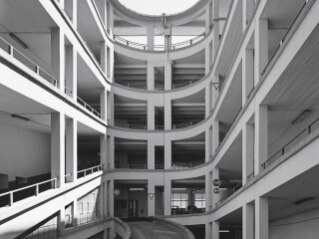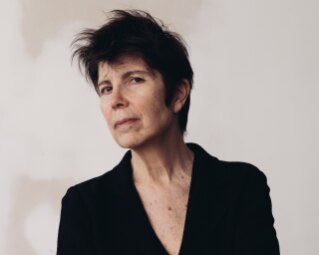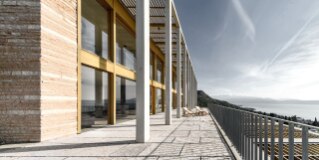There is an area of Milan whose toponymy leaves no doubt about its urban use and, between Piazza d’Armi and Via delle Forze Armate, it reveals a city and military history, made up of barracks, schools, residences, warehouses, exercise areas and a military hospital.
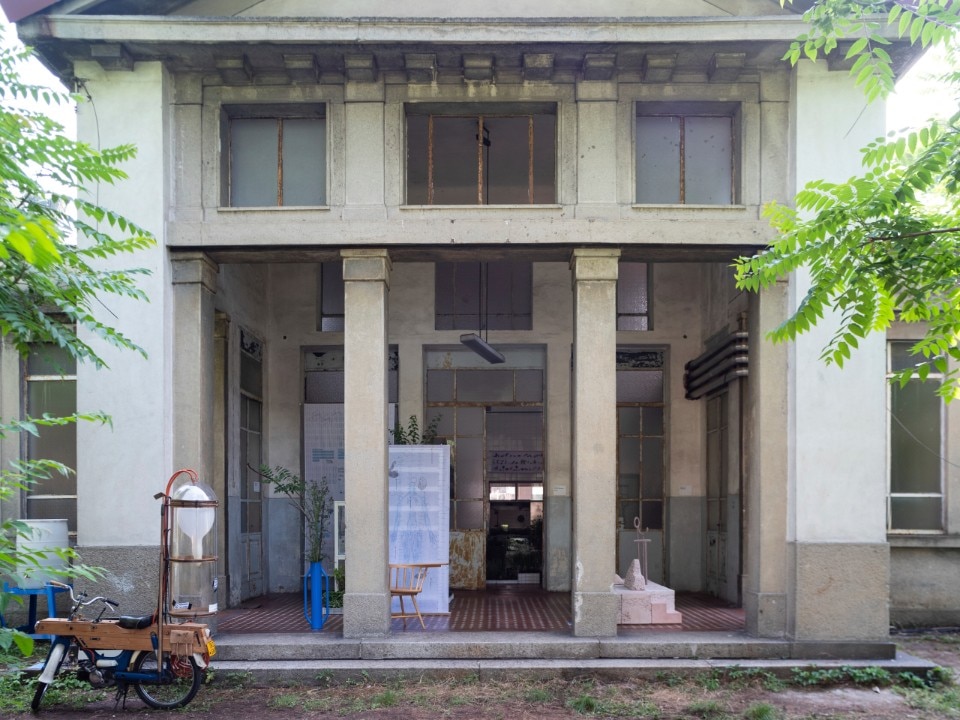
In the district, the perimeter of the blocks is marked by a high, continuous and endless surrounding wall, where the inscription “impassable limit - military zone” often appears. It hides what is now a very complex system of large abandoned places and others still in use by the Army. Here, the architecture stands the test of time along with nature, which has nevertheless run its course, continually regenerating itself in naturalistic oases with spontaneous and luxuriant vegetation.
The Piazza d’Armi – on the northern side of the city – has become a real secret park, with vegetable gardens, woods, meadows and a diverse fauna of land animals and birds. On this area, in the early 1900s, the first Milan Aerodrome was created. Around the 1910s, Forlanini made here his first experimental flights and in the 1920s Nobile left with airships for his explorations of the North Pole.
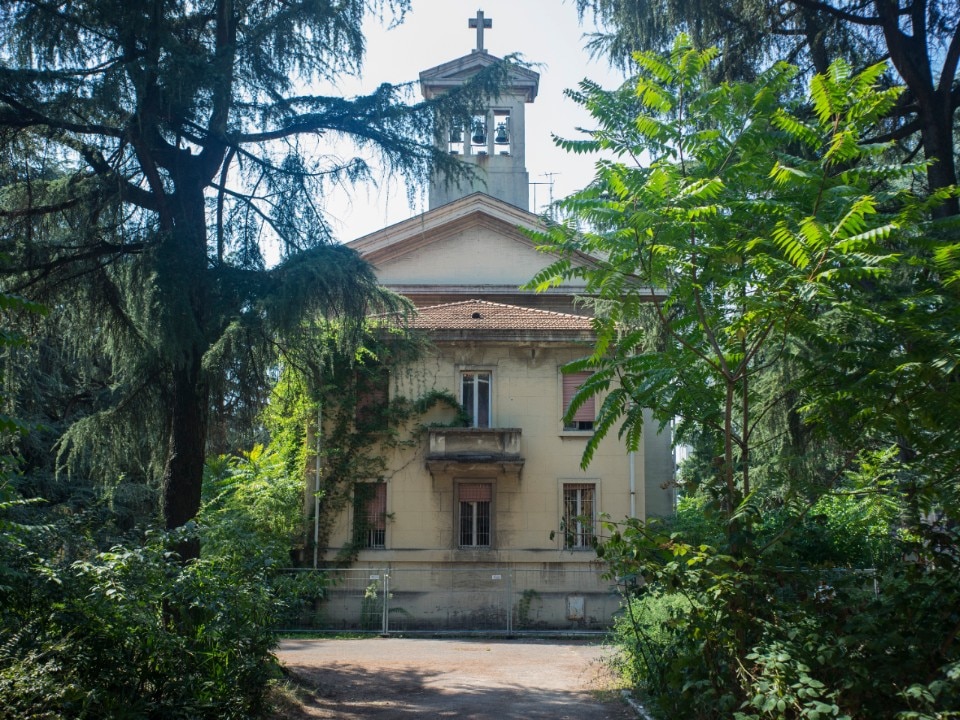
In the late 1920s, the parade ground was moved to this vast area used for aviation exercises. It was previously located where the fairground – at the time Fiera Campionaria – was inaugurated in those years and is now the CityLife park, and before that it was in the area of today’s Parco Sempione, behind Castello Sforzesco. All along an ideal single line linking the city centre with the south-west suburbs, where among other functions and buildings, this was one of the most impressive military complexes in Italy for years.
However, the best-known place to Milan’s citizens is certainly the military hospital, where generations of young adults passed through for their military service until the early 2000s, when it was no longer compulsory. Since then, part of this complex – honoured by Milan with the Ambrogino d’oro in 2003 – began a progressive and slow abandonment. Only a few years ago (2014), it was reconsidered by the municipal administration in agreement with the State Property Office, aiming at redeveloping the Italian Army’s immense real estate assets and opening up the spaces for new activities and services to citizens.

The history of this hospital is very old and began in 1799 in the cloisters of the monastery near the Basilica of Sant’Ambrogio, where the Catholic University of Milan is today. After World War I, the military hospital of Sant’Ambrogio needed a more functional and adequate location, so it moved to the current area – south of the Piazza d’Armi and the Santa Barbara barracks. Realised in a few years and inaugurated in 1931, the design of the new hospital was avant-garde with what can still be seen today, where the layout is in independent but connected pavilions, in a diffuse system of small buildings organised and ordered among tree-lined avenues, small squares, courtyards and gardens.
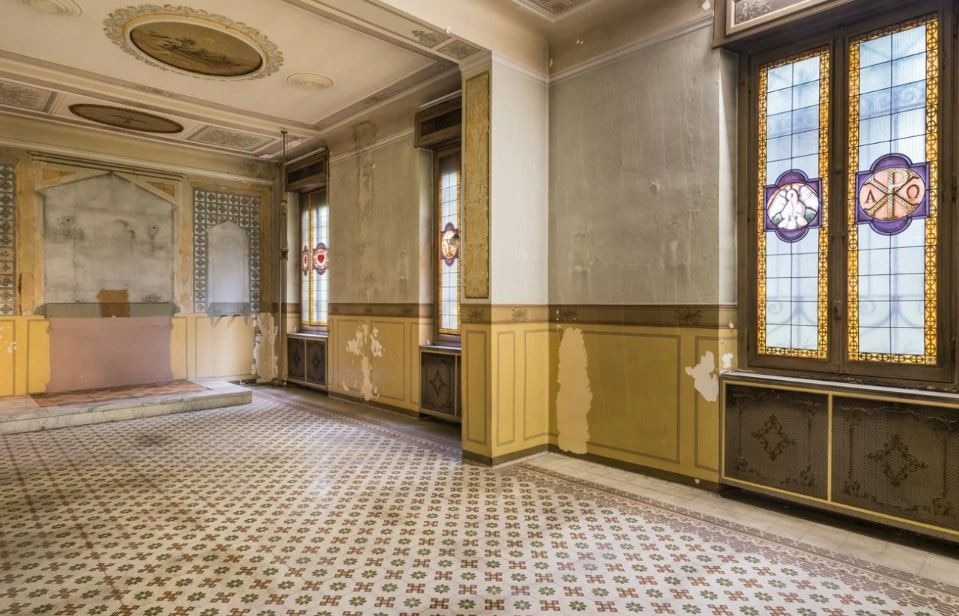
Although it is a military site, built in the then fashionable Deco style in the neo-Renaissance variant, perhaps because it was a place dedicated to the care of the body and regeneration of the soul, it is cosy and rich in decorations and friezes, hence nothing austere, dull or monumental, as per military tradition.
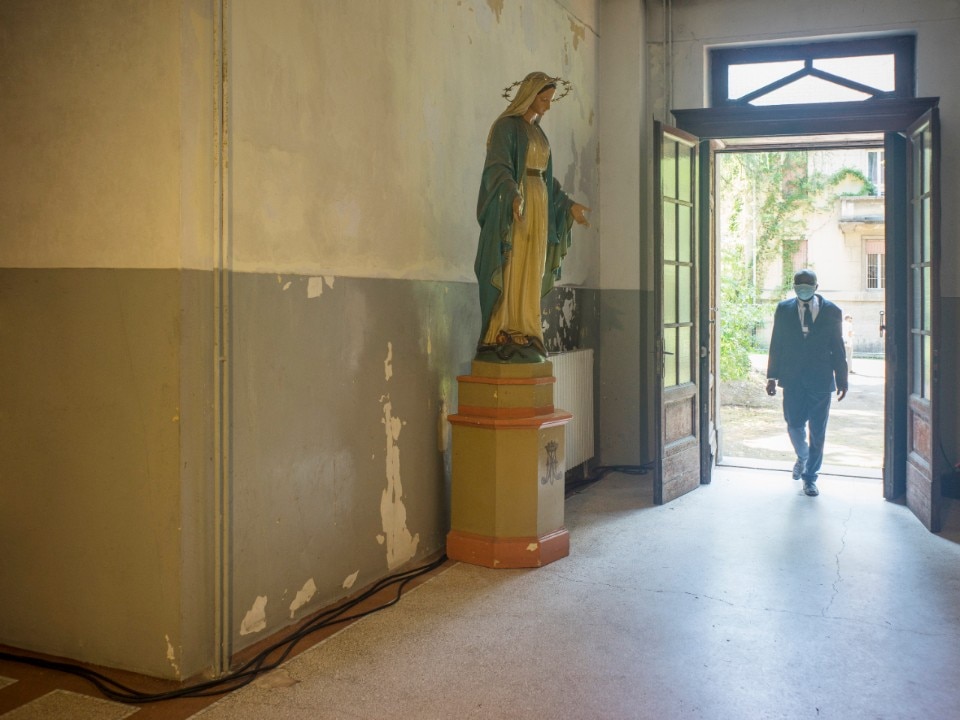
Moreover, with abandonment, these areas have also undergone spontaneous revegetation, which along with the historical stratification offers visitors surprising and unexpected spaces.
And while nature takes back the open spaces, culture takes back the closed ones. Thanks to design and its widespread system that during the Salone Internazionale del Mobile takes care of the city with the events of the so-called FuoriSalone, making it more and more inclusive and open, this place has for some time now been the focus of the Milanese and thousands of visitors attending the Milan Design Week.
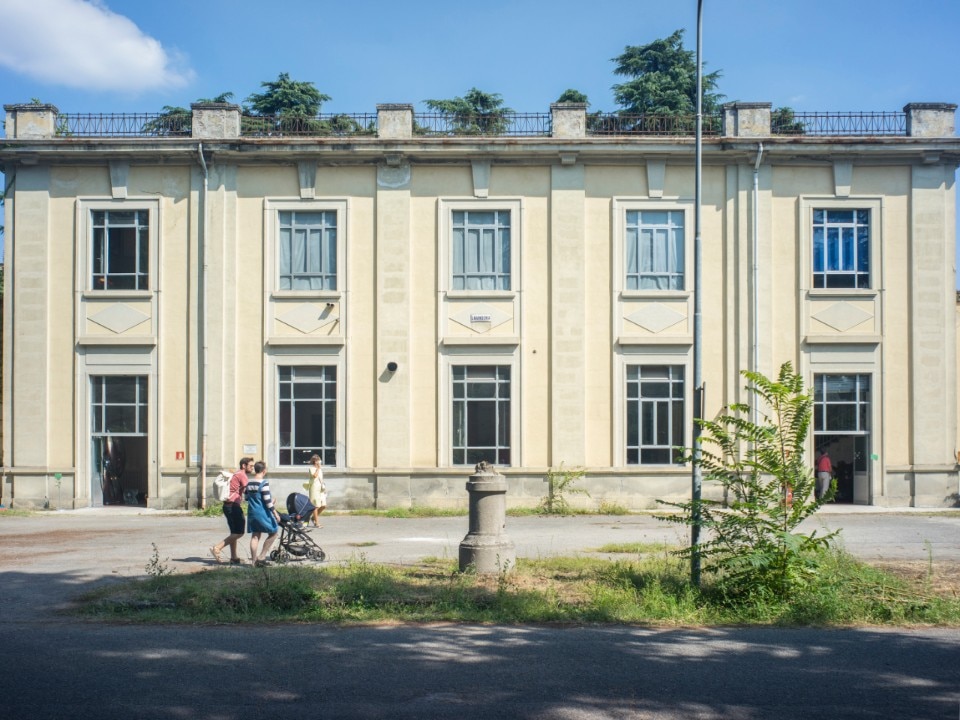
On the occasion of the two “special” editions of the Salone del Mobile 2021 and 2022, the Alcova collective has brought its amazing creative and multidisciplinary world of objects and works, installations and presentations of a particular design that is not limited to the results of industrial production, but which makes of research its main communication goal.
After so many examples from the recent past, when the spontaneous FuoriSalone movement was born 30 years ago and regenerated many of the city’s neighbourhoods, this is yet another chance to rediscover special hidden places. This is a typical characteristic of Milan, which does not show itself directly, but rather reveals itself and then surprises you.
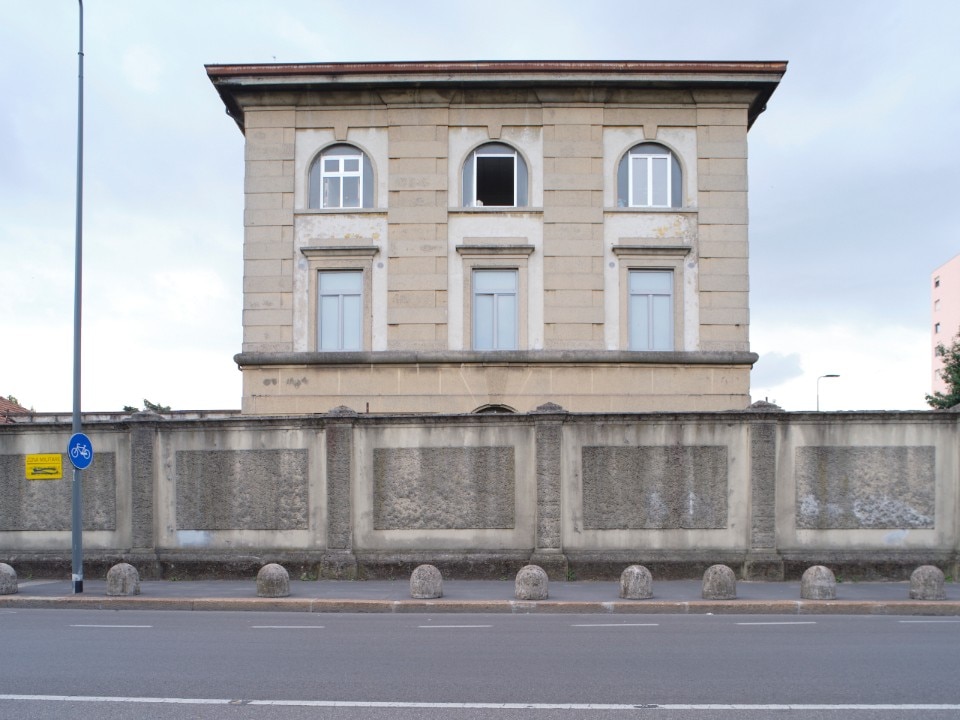
And for a broad reflection on the current world situation, between a pandemic and a war, what better place than a former military hospital?
Besides this former military district full of history and potential, there are other special places, including leisure time and architectural masterpieces, just a few hundred metres away. For instance, there are the Parco delle Cave and the Boscoincittà to extend the walks of those who may be discovering this part of the city for the first time. There is the Cascina Linterno, a special cultural place dedicated to the history of Milanese agriculture, and the Cascina Torrette, home to the “mare culturale urbano”, a very active association focused on the arts and culture.
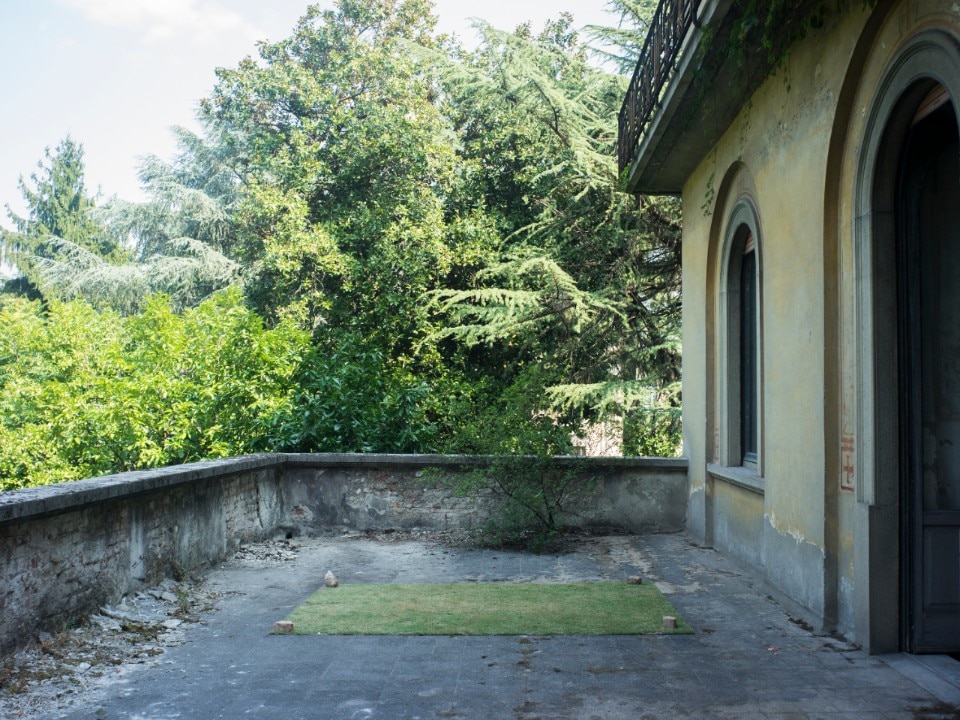
And a few steps away, wandering through the neighbourhoods of council houses, you will find other places that are worth visiting: the Church of the Madonna dei Poveri by Figini and Pollini, the Church of San Giovanni Battista alla Creta by Giovanni Muzio, and the Church of Santa Maria Annunciata by Gio Ponti, near the San Carlo hospital. All extraordinary examples of that plan for modern ecclesiastical architecture, built in Milan after World War II and appreciated all over the world.
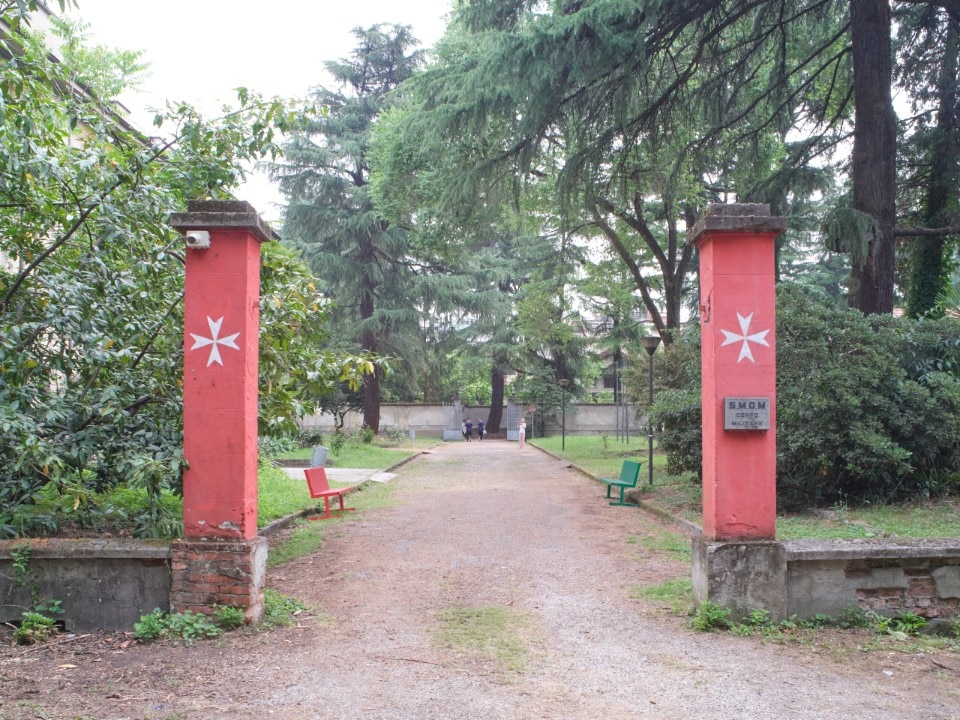
Opening image: Baggio military hospital (Alcova). Photo Marco Menghi
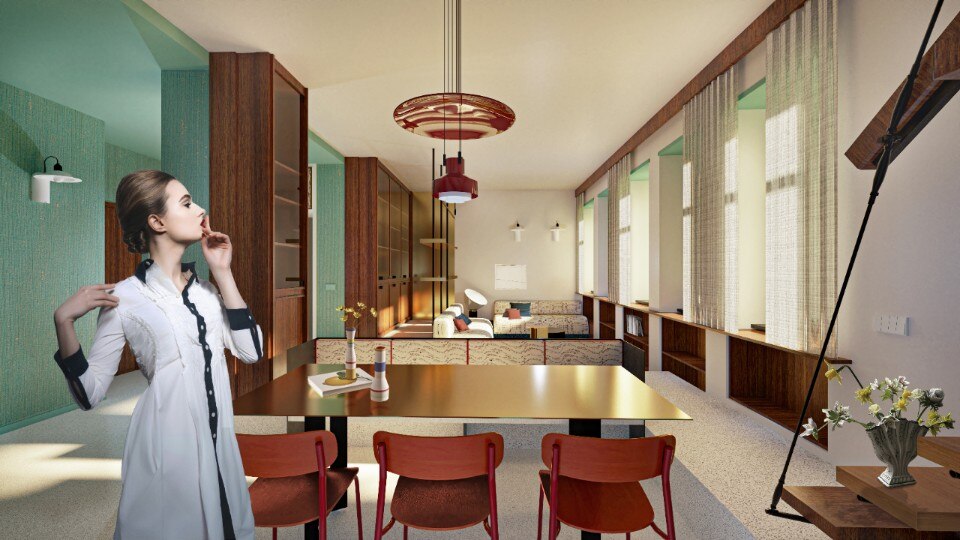
For a new ecology of living
Ada Bursi’s legacy is transformed into an exam project of the two-year Interior Design specialist program at IED Turin, unfolding a narrative on contemporary living, between ecology, spatial flexibility, and social awareness.


